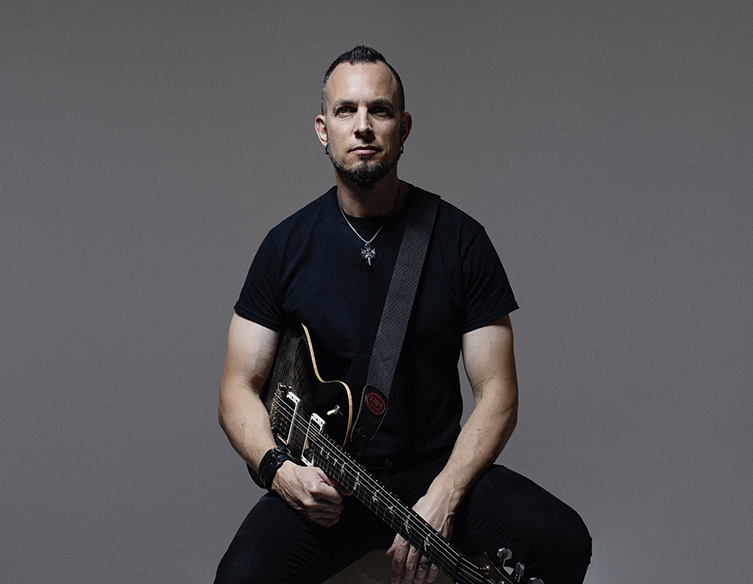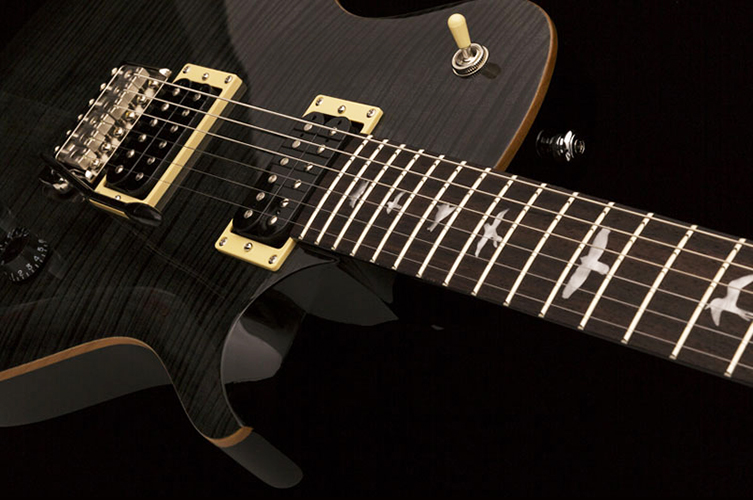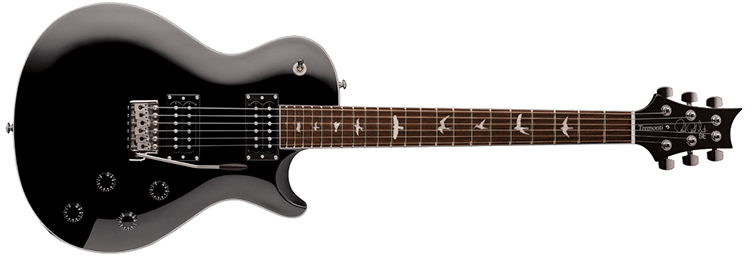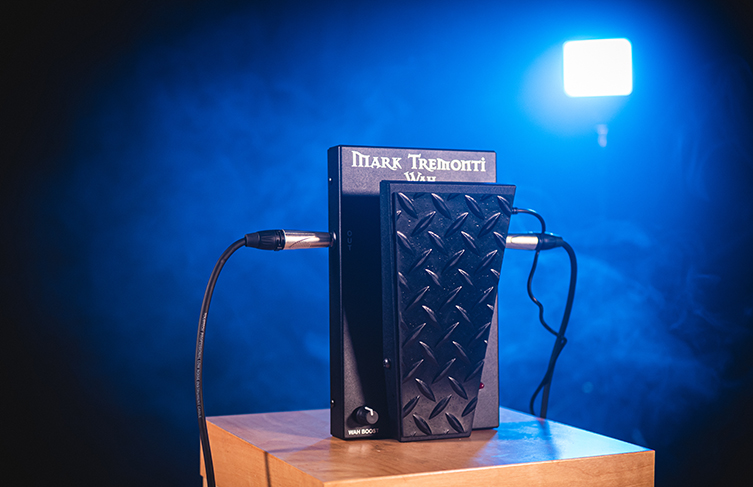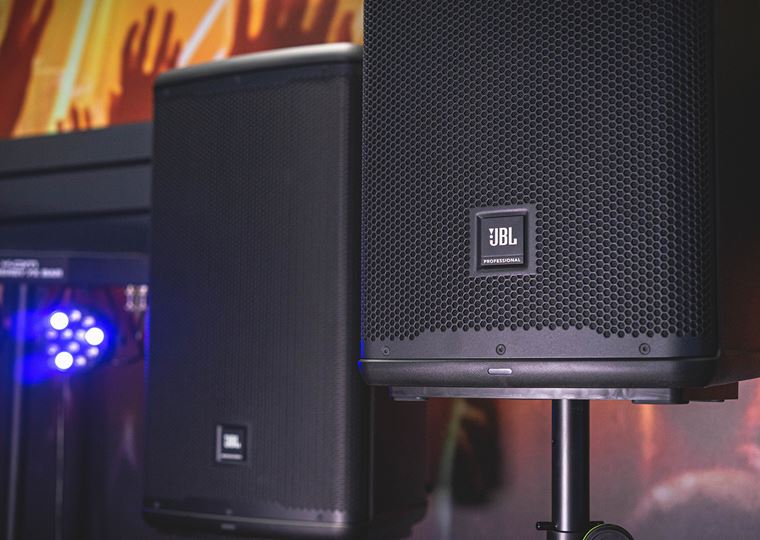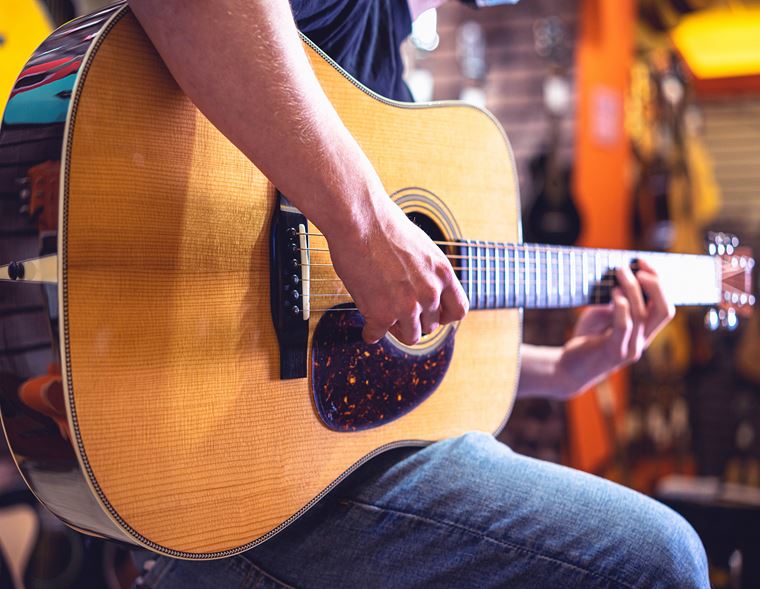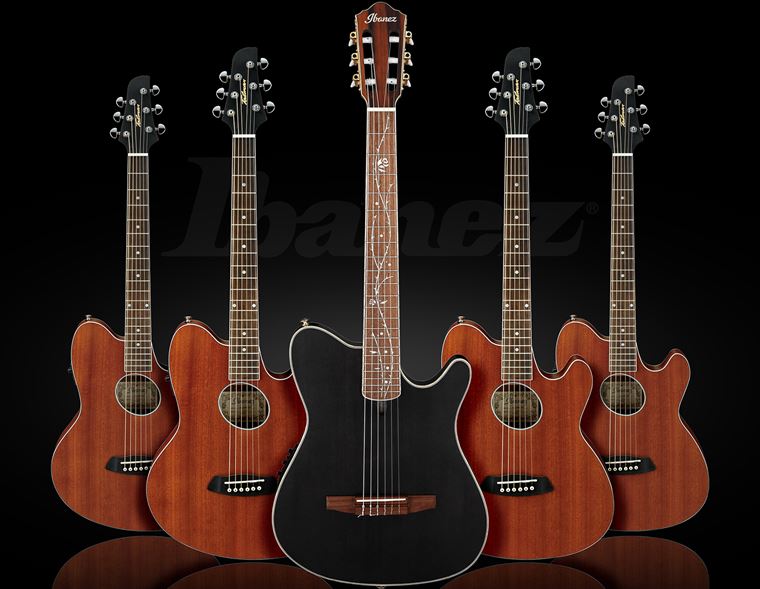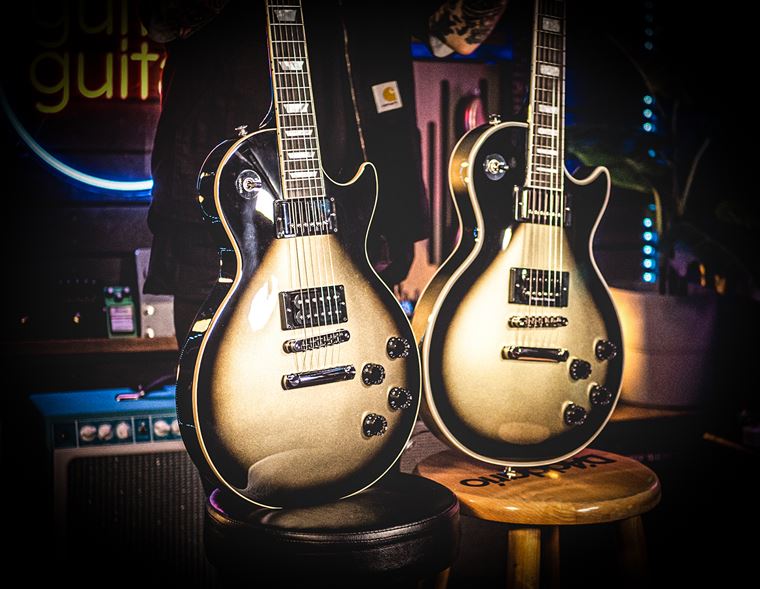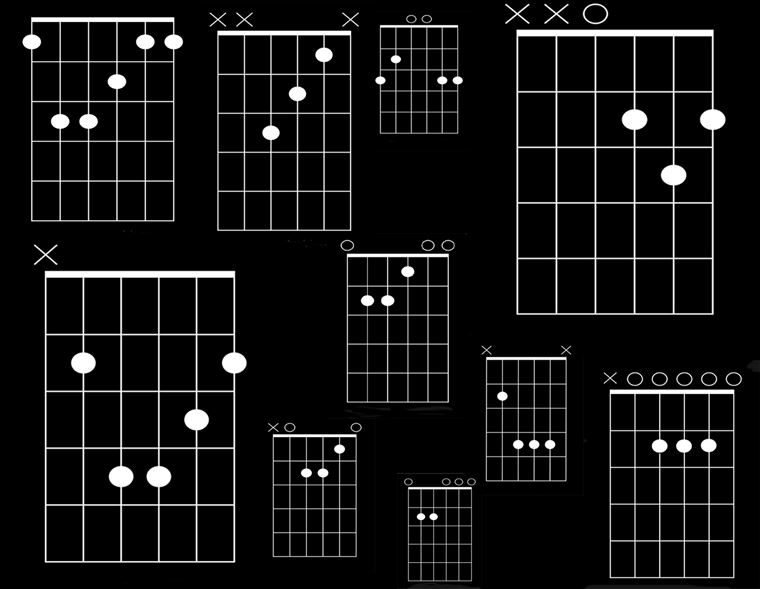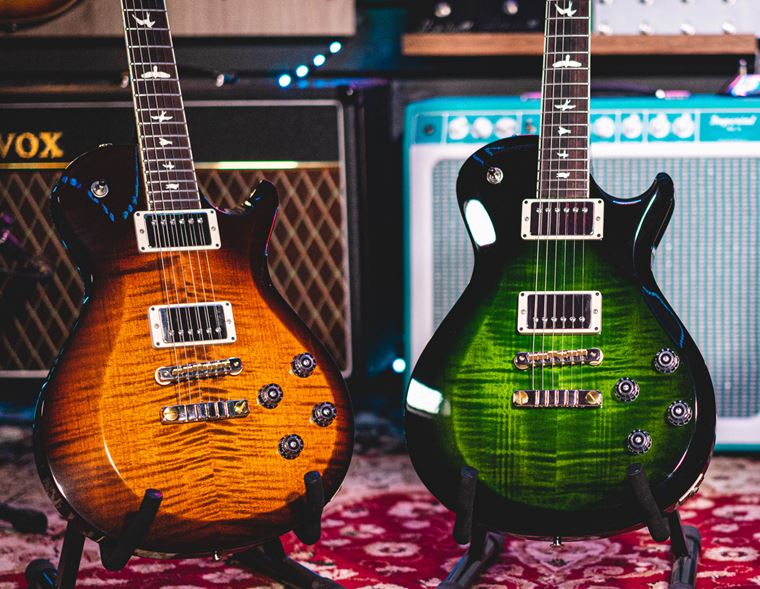How to Sound Like Mark Tremonti
Mark Tremonti is just one of those guys.
His riffs are next level, his lead playing is spectacular, and he’s a Grammy-winning songwriter.
He has been in two gigantic bands, has his own successful solo project and a line of amazing signature guitars.
On top of all of that, he’s a lovely, humble guy who is really friendly and down to earth, despite his A-list Rockstar status.
Mark Tremonti is just one of those guys.
We had the distinctly good fortune of talking to Mark late last year, (read our Mark Tremonti Interview) and were quite taken by his attitude. Both onstage and off, Mark leaves an impression as a person who has ‘it’ together, and these people are always worth paying attention to. As an artist, personality and businessman, Tremonti has a lot figured out. Primarily though, he’s a great player with a fantastic sound, so for today’s article, we are going to delve just a little deeper into how you can sound and play a little more like him.
Now, let us manage our expectations from the off: nobody can just dial in somebody else’s feel, taste or imagination. That’s impossible (and also pointless, since Mark is already doing pretty well at ‘being’ Mark), but by looking at his gear, his technique and some of the things we learned from talking to him, you may be able to capture a little of that elusive magic dust that sets him apart from other contemporary Hard Rock players.
The Gear
Now, as we’ve just said, it’s folly to assume that just by buying an artist’s guitar, you will be buying that artist’s sound. You will always play and sound like you, but by knowing more about what the artist plays and selecting a few pieces of their equipment to use in line with your own, you can align yourself with some of the practical and creative decisions made by that artist. In other words, by understanding why the players uses what they do, you’ll better understand what they get from that equipment. Plus, there is such a thing as having the right tool for the job, so if you play any style of Hard Rock, this will apply to you!
PRS guitars
Previous to his long association with PRS guitars, Mark used to favour a Gibson Les Paul Custom. Why? It’s easy to play leads on since it uses Gibson’s standard, slightly shorter than ‘normal’ 24.75” scale length, meaning that bends and stretches are easier to perform. Perhaps more importantly, this particular guitar sounds about as ‘large’ as an electric guitar can. The thick Mahogany body and set neck carries sound extremely well, and has a resonant girth that other styles lack. If you like sonically dense tones, as Mark (and most Rock players) does, this type of guitar is an obvious choice.
So, when Mark moved across to PRS (they approached him in the late 90s), he was keen to use their Singlecut model. The Singlecut is obviously PRS’s take on the Les Paul, with certain refinements created in favour of modern players like Mark.
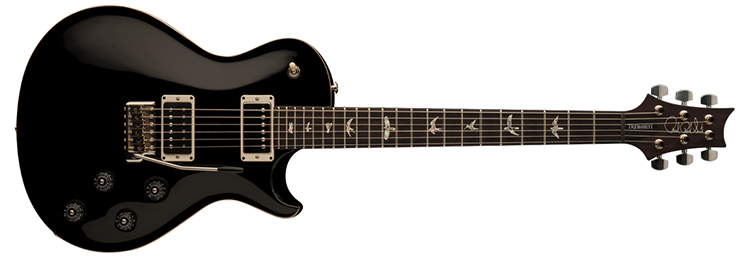
What makes Mark’s signature guitars different then? Well, before we add anything, here’s Mark’s direct opinion:
“It’s (the PRS Tremonti) pretty much in the same world as the Les Paul. It’s a Singlecut, but to me it’s just, uh, I dunno, more precise? I think that every time I pick up a Les Paul, some of them are the best I’ve ever played, and some are not so good. You know, there’s not a lot of consistency with them at times. I’m not trying to talk bad about them at all! But I feel like the PRS is a little more fine-tuned.”
PRS have produced a range of Tremonti models, from super affordable SE Standard models right up to Private Stock pieces. All of his models are single cuts with PRS’s patented tremolo bridge (it stays in tune really well without requiring any locking mechanisms), a set-neck Mahogany construction (for those beefy, sustaining tones he loved on the LP Custom) and two specially designed Tremonti pickups which accentuate the midrange response and harmonic content of the guitar signal.
PRS’s SE Tremonti models are, in fact, some of the most popular guitars around, certainly in the affordable-to-mid priced range. It’s not hard to understand why, when you get the benefit of some amazing features and tones all distilled into a beautiful guitar that is well within the reach of a large number of players.
PRS make a wide range of instruments that will meet these tonal requirements, but you can get pretty far by using a Mahogany-bodied instrument with a relatively hot bridge pickup. You’ll need some type of whammy bar if you want to perform Mark’s trademark squealing divebombs, but if you can live with that, a hard tail will do just fine.
PRS amps
One of Tremonti’s early tone secrets back in the Creed days was to use a bass cab alongside his screaming Mesa Boogie Dual Rectifier stack, in order to add extra levels of monstrous thump to his tone. It’s a great idea, and we recommend trying it if you have the means, but even Mark himself doesn’t do that anymore. As with his guitars, he has looked to PRS to provide him with a top-class amp for his needs, both on stage and when practising.
Indeed, his live rig is enviable, stocked with boutique valve heads from PRS, Bogner and more. When offstage, though, Tremonti has a signature 15-watt mini head, the PRS MT15, which delivers all of the high-quality tone he needs for writing, jamming and practising. Such is his dedication to the craft, he had one of these set up in his dressing room when we met for our chat! He is clearly ALWAYS playing guitar, which is awesome.
The PRS MT15 has two channels of valve tone built into a solid metal lunchbox chassis. The Clean channel and Lead channel each have their own EQ stacks and share an overall presence control. This all-valve mini monster has its own custom-made matching cabinet too, for completing the rig.
In tone terms, Mark likes a little bit of chorus on his cleans and some tight compression and low end on his distorted tones. His is a prime example of modern ‘classy heavy’ tone: it’s rich in harmonic content but still barks like an angry dog.
Morley Tremonti Wah
Key to every Hard Rock player’s pedal board is a Wah. Mark Tremonti has his own signature model from Wah titans Morley. This model utilises Morley’s pioneering switchless technology, so when you need a wah tone to scream from your amp, you merely plonk your foot on the treadle and rock it back and forth: there is no switch to bother with!
On top of that, Mark’s wah has a clean boost built in to really make the most of those solo moments. You can tell that this has been designed for a life on the road: the build quality is super-high with a tough metal chassis and a treadplate grip on top. This thing will outlive Keith Richards!
Play Like Mark
So, those are Mark’s tools of the trade, but what can you do to sound a little more like him? Here, in no real order, are some tips and ideas we’ve picked up, either from paying close attention to his playing, or by talking to the man himself! Here they are...
· Use dynamics and juxtaposition: Mark rarely blasts away on an ultra-distorted guitar for an entire tune. His is well-versed on knowing when to back off to a clean, sparser tone, and when to stop playing altogether. This means that when he does lean in and go for it, the drama is heightened tenfold.
· Rhythm comes first: Although it’s clear that Mark has spent countless hours with the metronome perfecting his lead technique, it’s clear that he prizes rhythm playing – and therefore the song itself – above his own ‘guitar’ agenda. As he says himself: “I spent hours and hours and hours learning Steve Vai stuff. Months! And I love playing that style but I’m essentially a songwriter, first and foremost. Wherever I go on guitar, it has to serve the song.”
· Get some theory in: If you want to rip out solos like Mark, you need to be a master of techniques like legato and alternate picking. You can’t just be good at it. Also, dip your nose into some theory to get beyond the usual Blues/Pentatonic box patterns that 99% of players stoop at. Look into the Harmonic Minor scale and the Phrygian mode in particular if you want to cop some of Mark’s more exotic riff and lead moments. It’ll pay off hugely.
· Experiment: That means with tunings, sounds and even plectrums. Mark is known for making use of open tunings, even for heavier songs, as he explained to us:
So, anything that ends up being exotic is usually when I’ve got to a new tuning and all of a sudden, I don’t have any scale references anymore. Like on the new record, I did a solo for ‘Dying Light’. It has a very...uh, Phrygian-ish, kind of Ahavo Rabo maybe, I dunno, Hungarian Minor! Whatever! That kinda vibe! And that happened just because the tuning was such that, over that chord progression, I had to make the best use of that tuning and I made some cool shapes that I wouldn’t have in standard tuning.”
He experimented with guitar synth pedals on Alter Bridge’s last album, Walk the Sky. As for plectrums, he was mid-tour when we spoke to him and was experimenting with a lot of picks, since he was experiencing something of a plectrum crisis! Each night, he’d try something different and assess its relative strengths. Even in crisis made, the man knows what he likes:
“I like nylon the best. They don’t make this shape in nylon. I like 1.35mm for some reason. I like the shape of the Flow, but I don’t like the Tortex. I wish this was nylon. It slides too much here (demonstrates with his hand) and sticks too much here on my thumb. On the nylon, it has bumps and grooves on it so you can slide over it, but it doesn’t slip at the same time”.
· Hum your lead parts first: This novel (and yet somehow kind of obvious) tip is our final one today. Humming your guitar solo is the easier way to not only make it melodic and memorable, but also unrelated to where your fingers’ muscle memory may take you. This will undoubtedly lead to fresh, new parts for you to play, and could unlock some of your most beautiful playing. Here’s what Mark has to say on that:
"I’ve done this a bunch of times - you choose your song, put your backing track on and you hum the solo exactly how you hear it in your head. Then go back and learn it on guitar! That’s a good first step. Just look at what David Gilmour does: he’ll hear it in his head first. You may not be able to come up with the flashy stuff doing it that way, but the memorable, melodic stuff will come out."
Sounds like great advice to us!
Final Thoughts
Any player with Mark Tremonti’s level of skill and success is worth paying attention to. You will always learn a thing of two from guys who have been through the graft and emerged on the other side, and Mark has certainly done that. With some hard work, a lot of discipline and a little self-belief, you’ll be amazed at what you can achieve.
Thanks for reading
Ray McClelland

